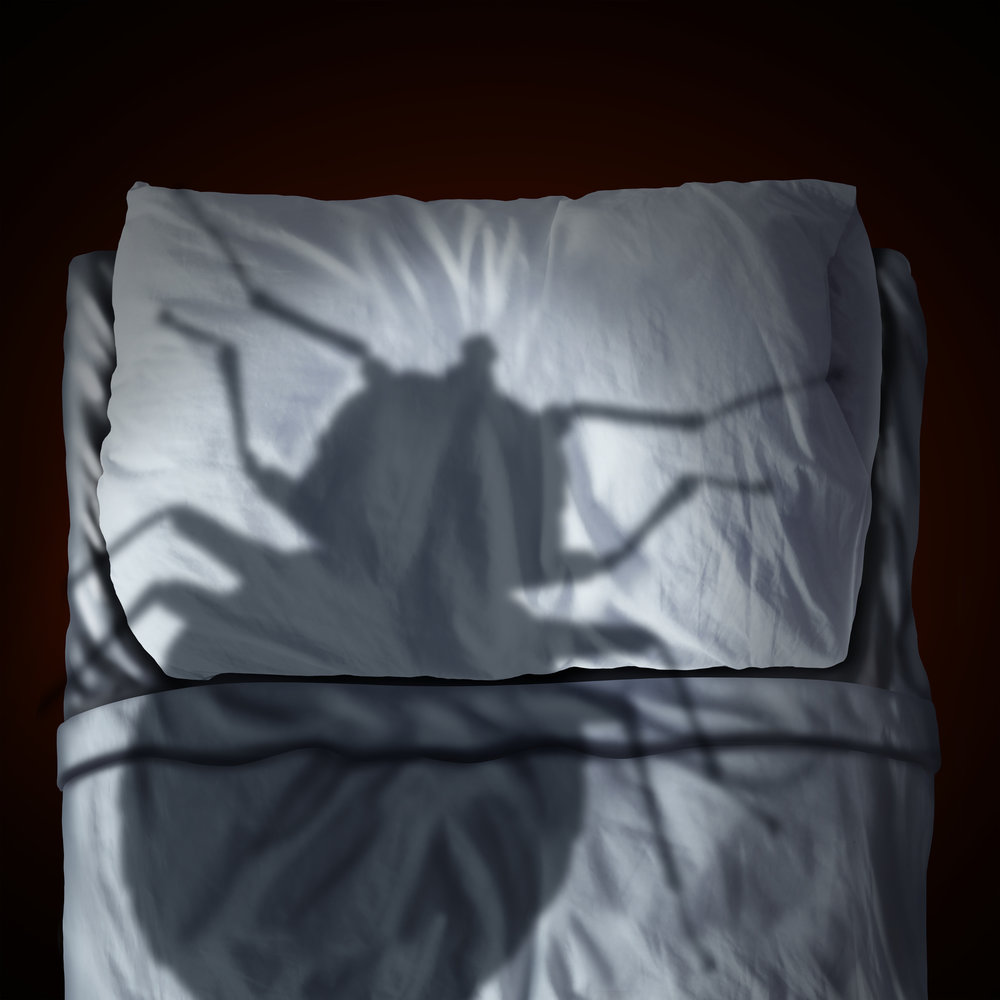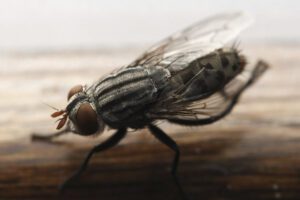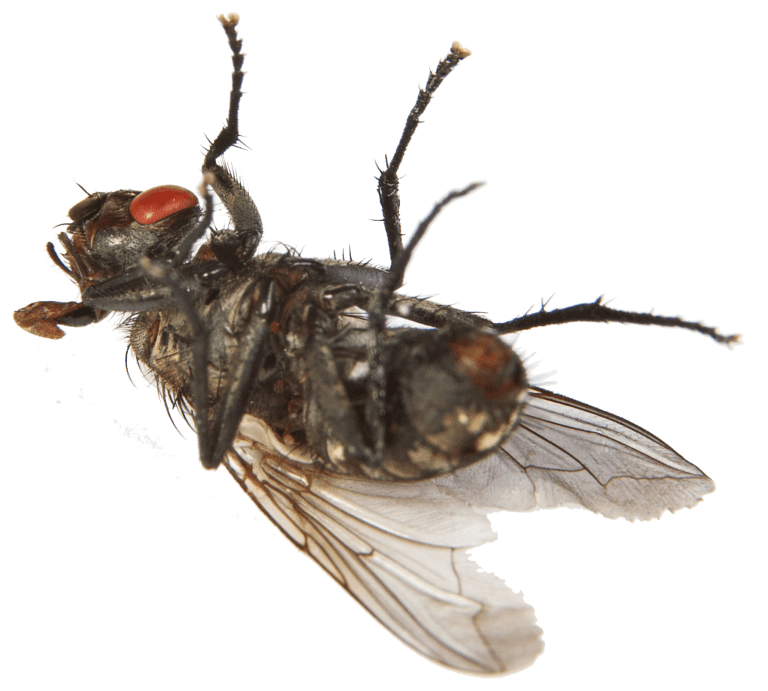Bed bugs are not fake news. These creatures are everywhere. They sit at the top of the food chain and are incomparably efficient hunters of human beings. If you fear sharks, you could avoid them by staying out of the water, but for bedbugs, you could sleep on the floor and still get preyed on. Bed bugs can feed on you just about anywhere; when you are sleeping, working, or traveling. Research data now shows that 22 % of Americans have had a bed bug encounter. These statistics are poised to get grimmer.
A Menace Even for Pest Control Experts
 Bed bugs are taking over the states, and you could blame that on climate change. These insects thrive and multiply fast when temperatures are high. In the cold, they too struggle to survive, and will often burrow deep into the ground with little breeding activity. Currently, 68% of all pest control professionals agree that bed bugs are the most challenging pests to eliminate.
Bed bugs are taking over the states, and you could blame that on climate change. These insects thrive and multiply fast when temperatures are high. In the cold, they too struggle to survive, and will often burrow deep into the ground with little breeding activity. Currently, 68% of all pest control professionals agree that bed bugs are the most challenging pests to eliminate.
Other possible drivers of the bed bug crisis in the US include the use of ineffective insecticides that create resistant bugs. The flourish of these critters is also fostered by the general lack of awareness and vigilance among homeowners. In the old days, people knew how to check their clothing, furniture, and their children’s clothes. This is rarely the case these days.
Signs of Bed Bugs Infestation
Bed bugs are not restricted to beds. They can accompany you to and from anywhere and everywhere. They can find a way into your home from your distant travels, from infested second-hand furniture or the neighboring house. Bed bug identification should be your number one strategy against their bloodthirsty invasion.
Sign 1: Live Bed Bugs Around the Home
It would take knowing what a bed bug looks like to stop an invasion in its tracks. These insects are small and like to hide, but the adults are often easily visible. The adult arthropods have a reddish-brown tinge and are usually wingless, the size of an apple pip.
Immature bugs are visible, too, albeit smaller. They have a light yellowish tinge. Nymphs are usually harder to see unless they have recently fed—they become bright red when full of blood. You can spot live bugs on your clothes while traveling or working. However, seeing them at home, and with their telltale pearl-white eggs will undoubtedly mean that they are breeding somewhere around your place.
Their breeding locations could be cracks in the walls, crevices around your bed, and furniture or seams of your mattress. Experts recommend being on the lookout for live bugs as an actual sign of an infestation.
Sign 2: Bites on Your Body
Bed bug bites alone are not a sufficient indicator of a bed bug infestation problem, according to the United States Environmental Protection Agency. It can be hard to distinguish bed bug bites from other insect bites. Similarly, you could have gotten bitten somewhere else besides your home. Bed bug bites also resemble skin rashes such as those caused by eczema or hives, so it’s often hard to tell.
70 % of people do not react to bed bug bites, but if you experience itchiness and see signs such as red welts, you might want to investigate. Unlike mosquito bites, bed bug bites are smooth with no white tip at the top. They stand out as red lumps. You are more likely to spot bed bug bites on areas of the body that hang out when you sleep, including shoulders and hands.
Sign 3: Molted Bed Bug Skins
Bed bugs, just like termites, ants, and nymph roaches alike all molt their skins. The insects often have to shed off their exoskeleton to grow larger in size. Bedbugs molt a record five times to attain adulthood, after which they can’t molt again. If you have a growing infestation of these six-legged devils, you will often be able to spot many molted skins lying around.
The molted skin resembles the bug itself except that it is translucent. When you look closely, you will notice that they are not bugs but empty sacks. The bug shells might be big or small, depending on the age of the insect that molted it. Areas you are likely to spot molted bed bug skins include:
- Along the baseboards
- On mattress seams
- Behind headboards
- On the underside of the furniture
- In your closet corners
Sign 4: Bed Bug Droppings
If you know how to identify bed bug fecal matter and spot it around your place, chances are these pests could be secretly nourishing on you or your family’s blood. These villainous creatures will feed for about five days whenever hosts are around. When they are not feeding, they spend time digesting the meal, and that often involves condensing the blood and excreting excess liquids as fecal waste.
Bed bugs deposit their droppings on mattresses, furniture, bed frames, office cubicles, and other locations. It’s easy to identify the fecal spots –they are often black in color and clustered in groups of more than ten. If the droppings are less than that, it might mean that the pests were only passing through and don’t breed in the area.
How Not to Confuse Bed Bug Droppings with Other Insects’ Fecal Spots
 Cockroach fecal spotting looks very similar to bed bug droppings. They manifest as small black specks on the walls, wooden frames, and other surfaces that form the roaches’ travel paths. One way to tell these droppings apart is by their texture. When you touch the spots, cockroach droppings feel granular, while bed bug droppings have a smoother feel. The difference stems from their food sources.
Cockroach fecal spotting looks very similar to bed bug droppings. They manifest as small black specks on the walls, wooden frames, and other surfaces that form the roaches’ travel paths. One way to tell these droppings apart is by their texture. When you touch the spots, cockroach droppings feel granular, while bed bug droppings have a smoother feel. The difference stems from their food sources.
Flea droppings may similarly be black or deep maroon flecks with a hard and dry texture. Termites, on the hand, leave behind slightly bigger droppings the size of poppy seeds. The color of their waste ranges from grey to brown, based on the wood they have consumed.
An aqua test can also help to determine whether you have actual bugs around and not roaches and mites. Spray the dark spots lightly with water and smudge with your finger. If the area turns reddish, then it sure is a bed bug problem. The insects only feed on blood, that’s why their droppings turn red when wet.
Likely Places to Spot Bed Bug Droppings Include:
- On the edge of carpeting and duvets
- On the length of mattress seams
- On wood frames and behind the headboard
- On the ceiling and walls and behind murals, mirrors, and drawers
- Inside electrical sockets
Bed Bugs Fight Back, Hire A Professional
Cleaning your bed sheets, vacuuming your carpets and upholstery, and using insecticides are all sound defense measures against the bed bug menace. However, these creatures do fight back in the most cunning of ways. They can reproduce at a faster rate or go underground for a long time then emerge later.
Bed bug elimination should be a strategic undertaking. That involves knowing your enemy and where they hide (and differentiating them from other pests), identifying feeding habits, and choosing an effective remediation measure to exterminate them once and for all.
Command Pest Control is your best ally against bed bugs in Broward County. We understand their movements, feeding behaviors, and reproductive patterns so we can design and execute prudent measures to wipe them out in totality. We follow state and federal guidelines regarding pest control, and customer safety is of critical importance to us.
We do all the work ourselves—no subcontracting. We bring several decades of perfected expertise, innovation, quality products, and care for your family and the environment. Contact us at (954) 943-0008 for a free estimate.






